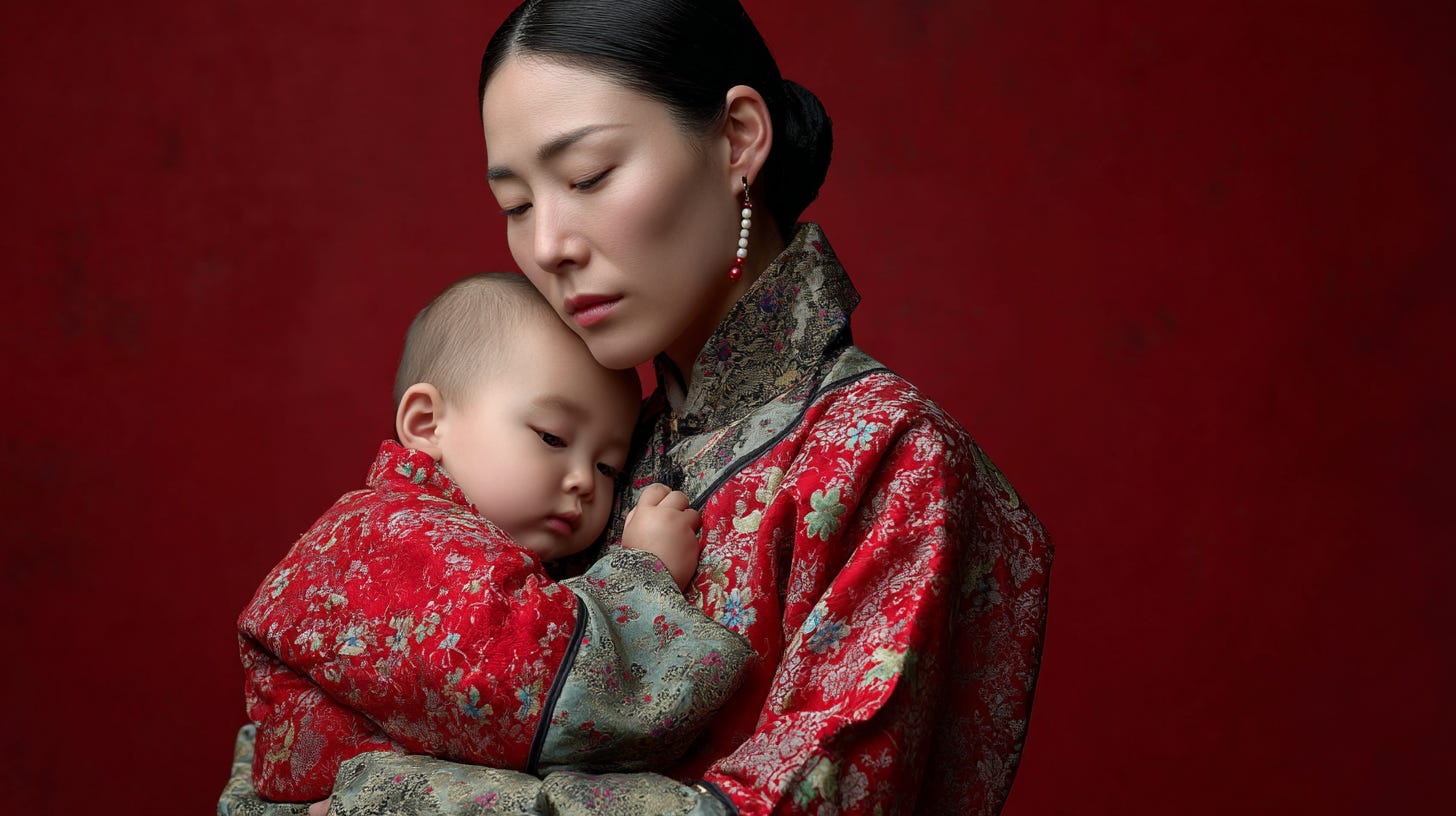Image Prompts
The Image Prompts feature allows you to upload images to Midjourney and use them as inspiration to shape the content, composition, and colors of the outcome. (Read the official documentation here)
Image Prompts won't let you duplicate an identical generated image to the original image. You can change the generated result to be very similar, very slightly, or hardly resemble the original.
Image prompting has been upgraded to version 7 with a new user interface, which is said to produce better results than previous versions.

Image Prompts, Style References, and Character References are now separated into individual columns below the Imagine Bar. You can lock the images if you want to use them to create new images.
While no new buttons or controls are added to Image Prompts in V7, I believe it is a good way to explore the improved aesthetic in this latest version because it allows you to compare the before-and-after effects of Midjourney aesthetic treatment after generation.
For example, after unlocking a new Personalization profile, you can apply the Personalization code (along with a simple text prompt) to an imported image that you are familiar with. This approach allows you to see the effect of style on your new Personalization profile/code.
How to use Image Prompts?
Simply drop an image into the Image Prompts column under the Imagine Bar, and the bot will use it as inspiration to create images.
If you use only one image as the Image Prompt, you must also include a text prompt.
You may also paste the image's URL directly into the prompt as an Image Prompt.
When using multiple images as Image Prompts, the text prompt is optional. However, if you use text prompts together with image prompts, you will have a greater degree of control over the outcome.
Using multiple images as Image Prompts is the same as blending the images. Combining different types of images can produce interesting results.
What we know so far about Image Prompts
This is not a new feature. It has been around since V5 and is supported in V6, V7.
It is extremely versatile and can be combined with other parameters such as Cref, Sref, tile, and multi-prompts.
For additional control, use the Image Weight parameter --iw. The higher the --iw value, the closer the generated image is to the original.
The --iw value range for V7 and V6 is 0 to 3, while V5 is 0 to 2.
The default --iw value is 1.
In V6 and V5, you can use multi-prompts and weightage to adjust the influence of a reference image. However, multi-prompting is not yet supported in V7 as of this writing.
Pro Tip: Many users are unaware that the --iw value can be adjusted to multiple decimal points. For example, --iw 0.01 and --iw 0.5 are both valid values.
You can use --iw as a slider to change the influence of the reference image(s), especially since V7 does not yet support multi-prompting and putting weight on the promptlets.
If you are new to Multi-Prompts, read this introductory article here.
Use cases for Image Prompts
(1) Use it to influence the outcome's content, composition, and colors of the outcome. This is the typical use case: use the reference image as inspiration and direct the bot to create a similar but not identical image.
Reference images can influence the placement of the elements (e.g., object, subject, text) in the composition.
The reference image can be used to increase, decrease, or change the color of the output.
(2) Replicate the image. Combine Describe and Image Prompts to create an image that is very similar to the original. You can also use Describe + Style Reference + Image Prompts to increase the bot's ability to "copy" the reference image.
(3) Use the reference image as inspiration. You can use a very light image weight to subtly influence the composition. The goal is to capture the nuanced aspect of the reference image. The results can be very different and appear unrelated to the reference image.
(4) A creative blending of unrelated images. If you blend a character and a background, you will most likely get an image with the character in front of the background. Blending multiple unrelated images can result in interesting blending effects (creative but not always beautiful).


